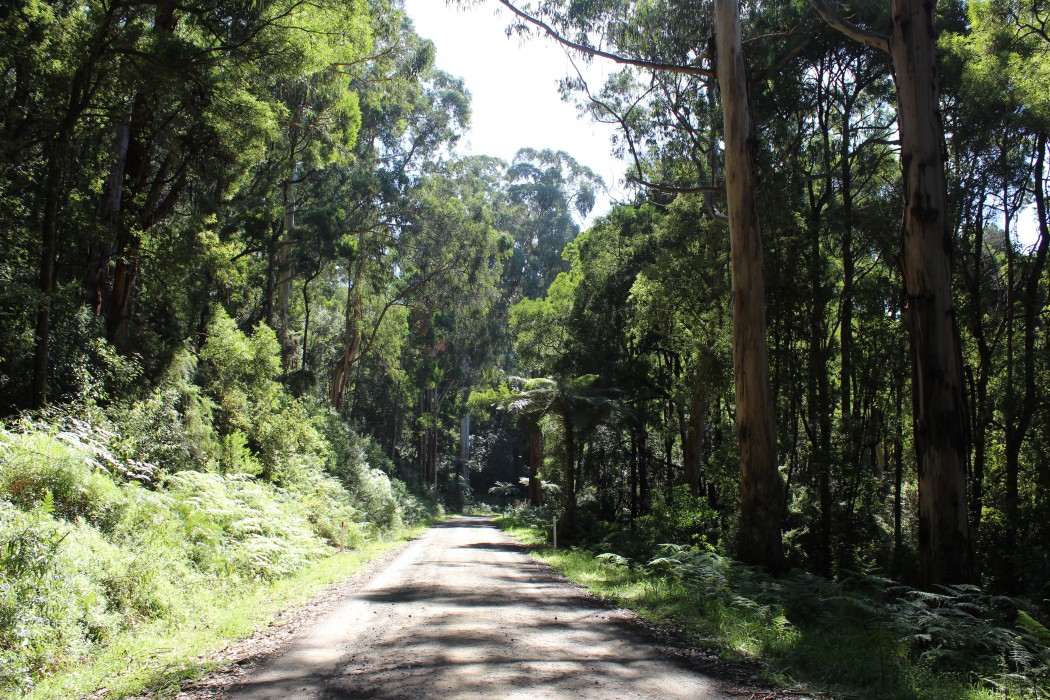Our Earth is the only home we have ever known. It is the only home we will ever know. For far too long, it was all too easy to take this good Earth for granted.
Nowadays, however, it seems that the issue of climate change is on everyone’s lips. It saturates old and new media. But when we speak of climate change, the first things that spring to most people’s minds are melting glaciers, raging wildfires, and emaciated polar bears desperately scavenging for food.
What is little recognized in all the rightful furore over climate change is the profound public health threat that climate change poses. And, as usual, it is the world’s poorest and most vulnerable who are affected first and who are affected worst.
Climate Change and Public Health
As our ice caps melt and sea levels rise, the world’s coastlines are receding. As extreme temperatures heat the oceans and destabilize the atmosphere, hundred-year floods are occurring multiple times a decade and tornadoes and hurricanes are breaking records for frequency and intensity. As heat waves scorch our towns and cities, death tolls rise.
The fact is, climate change isn’t just changing our environment. It’s changing, even destroying, human lives. Rising temperatures are not only putting populations at risk for heat-related illnesses and death, but they are dramatically increasing the risk of stroke, heart attack, and respiratory disease for vulnerable populations. This includes the very young, the aged, and the chronically ill.
And not only is climate change endangering public health, but it is also destroying homes and communities and it is uprooting human lives. Indeed, according to a study by the Brookings Institute, there will be more than 140 million climate change refugees from three of the world’s most fragile regions alone: Latin America, sub-Saharan Africa, and Southeast Asia.
What is to Be Done?
Combating climate change isn’t just about preserving the environment for our children and our children’s children. It’s about saving lives. Not tomorrow. Today.
But it won’t happen overnight.
We can’t just will the problem away. We have to act whenever and wherever the threat exists. That means we have to act here and now. In every nation, city, town, and community. We have to make a change — in our lives, our work, our homes.
Fortunately, though, working to save this beautiful planet we call home doesn’t have to mean renouncing modernity and retiring to some treetop monastery in the Andes. What it takes is a daily effort, small sustained changes that mount up to a big difference for the environment and the human family. Here’s what you can do to make a difference:
Buy Green
Studies show that corporations have far and away the most significant impact on the environment, with the clothing industry being one of the worst environmental offenders.
So one of the first, most important, and easiest ways to combat climate change is to do your homework. Find out which businesses embrace corporate social responsibility, and patronize only those businesses that use environmentally sustainable practices.
Travel Green
When it comes to the size of the carbon footprint, the travel industry is one of the few that can rival that of the global clothing manufacturers. But it doesn’t have to be that way. You can still have that dream vacation to celebrate your retirement. You can still send your child on the graduation trip she’s been longing for.
You just need to know the tips and tricks for travelling green. And it’s not that hard. In fact, to travel green, you really just need to practice the same kind of environmental mindfulness and care that you use at home.
Take public transportation whenever possible. Use recycled, biodegradable or reusable materials as much as you can, such as multiple-use travel water bottles. And look for businesses, from travel agencies to hotels to dining, recreation, and shopping establishments that adhere to the same sustainable principles and practices as you do.
Live Green
It’s not only important to shop and to travel green, it’s just as important — if not more so — to live green. That means making a number of changes in your own house to ensure that the home that nourishes you is also nourishing the environment.
Living green in your own home is really pretty simple but at the same time takes some effort. For example, instead of using an energy-guzzling clothes dryer, let your laundry dry on a clothesline. Instead of using a power-sucking dishwasher, wash your dishes by hand.
You can even give Mother Earth some much-needed TLC by turning down the temperature on your water heater, washing your clothes in cold water, and taking shorter, cooler showers yourself.
And speaking of bathing, when you’re looking for a bit of an in-home experience, take care with the products you use. Bath bombs, as glorious as they may smell and as amazing as they may make you feel, aren’t exactly a gift for the environment.
Some of the ingredients contained in bath bombs can wreak havoc on your household plumbing. Worse, they may even contain hazardous substances that pose a threat not only to humans but also to the water supply and to aquatic life.
Buy local produce, eat organic food when you can and support local businesses.
The Takeaway
Climate change is a threat to more than the environment and to wildlife. Climate change is also a public health emergency, endangering human health and creating millions of climate change refugees. Fortunately, there are many things, both large and small, that you and your family can do to protect our earth and we who depend on it.
By supporting businesses that practice environmental sustainability, travelling greener and making small changes at home and at work you can rest assured you’re doing your bit for climate change, for everyone.
Want to so something for this good Earth right now? April 22, 2020 is Earth Day. If you’d like to get involved in a virtual Earth Day event, please pop over to their website to see what’s going on near you.
Lead image by Simon Migaj via Pexels.





1 Comment